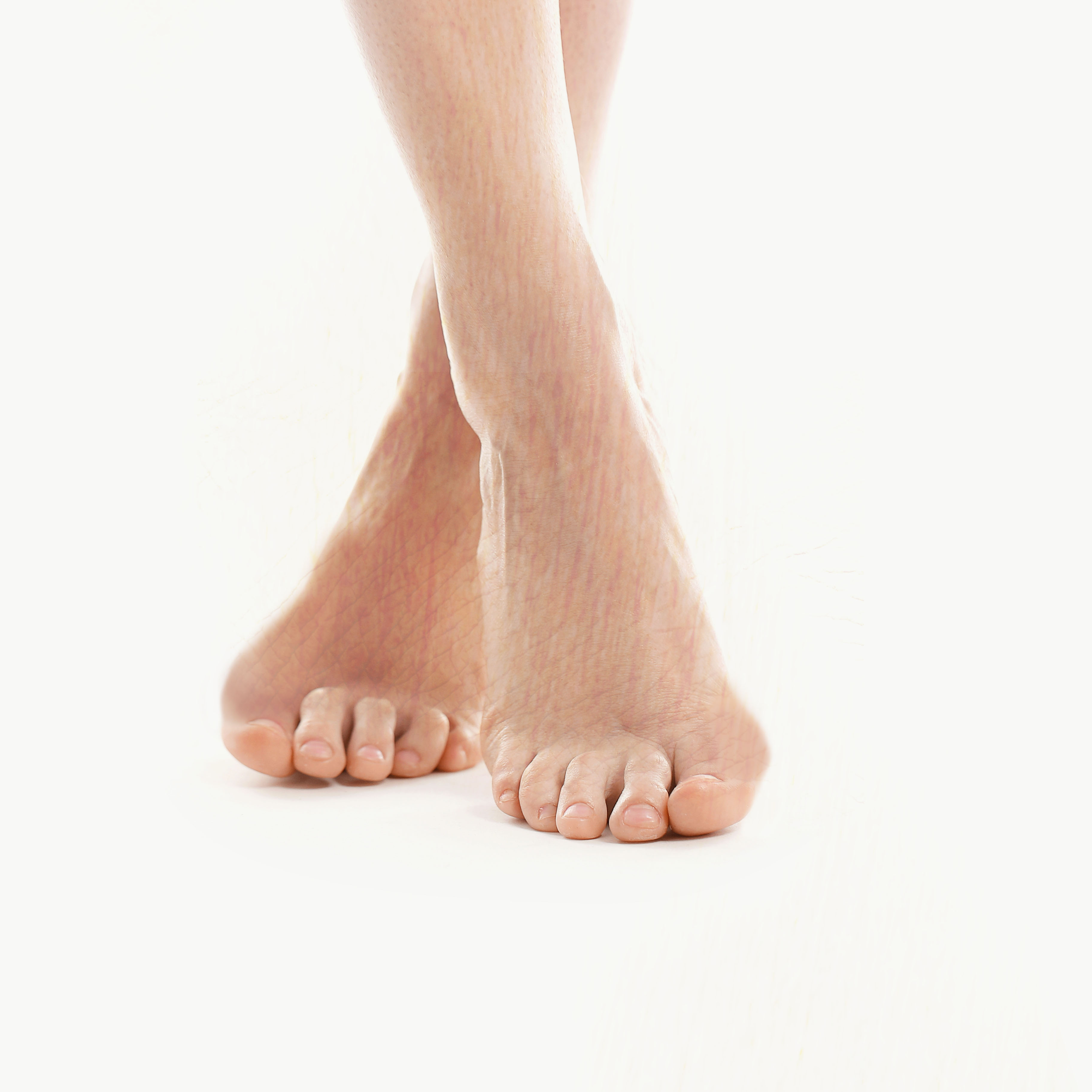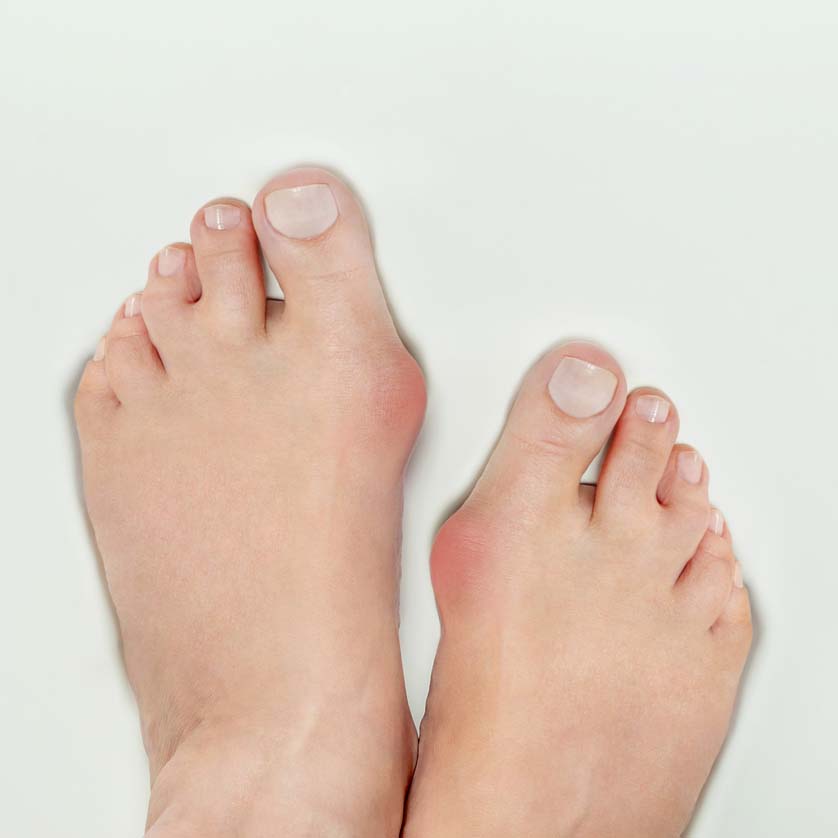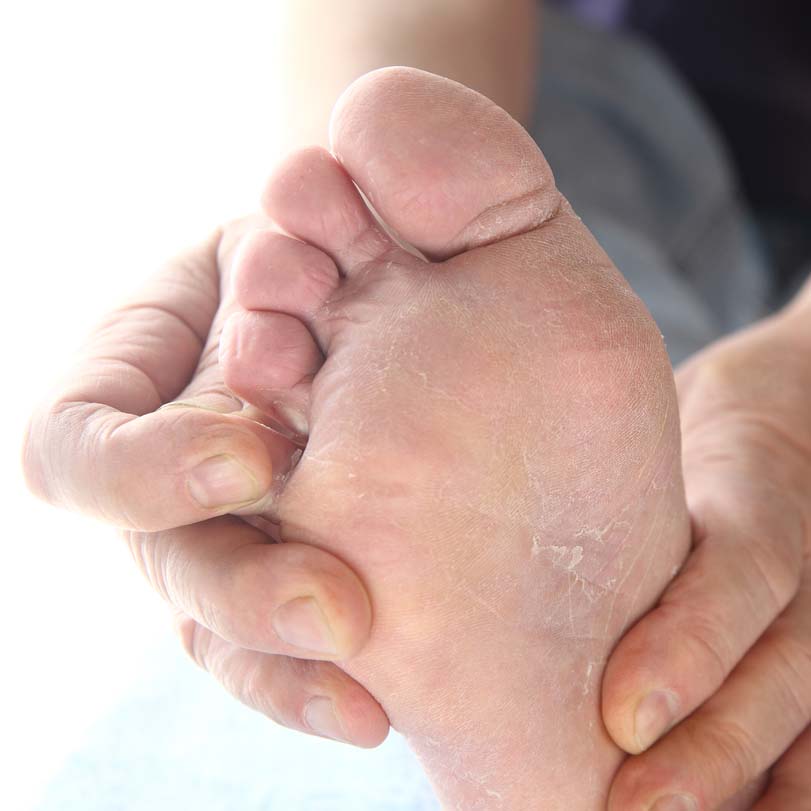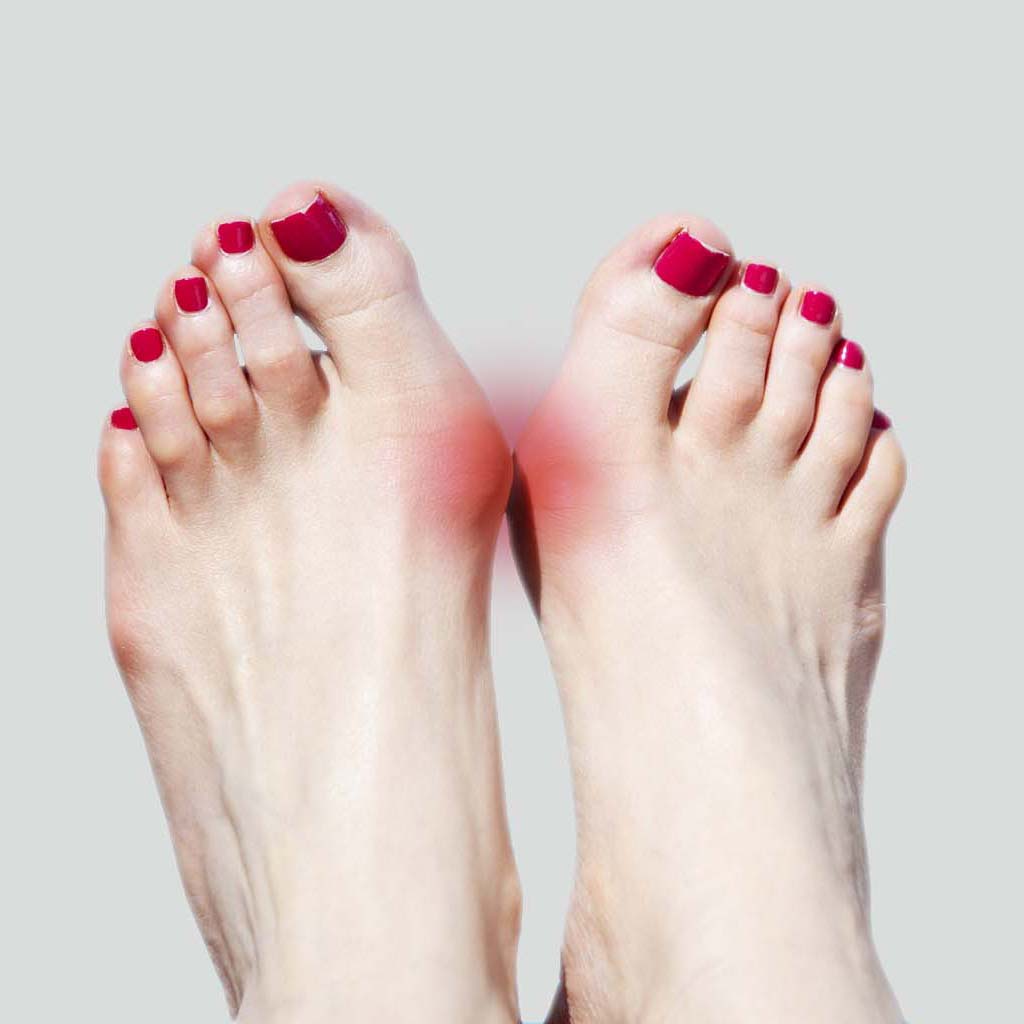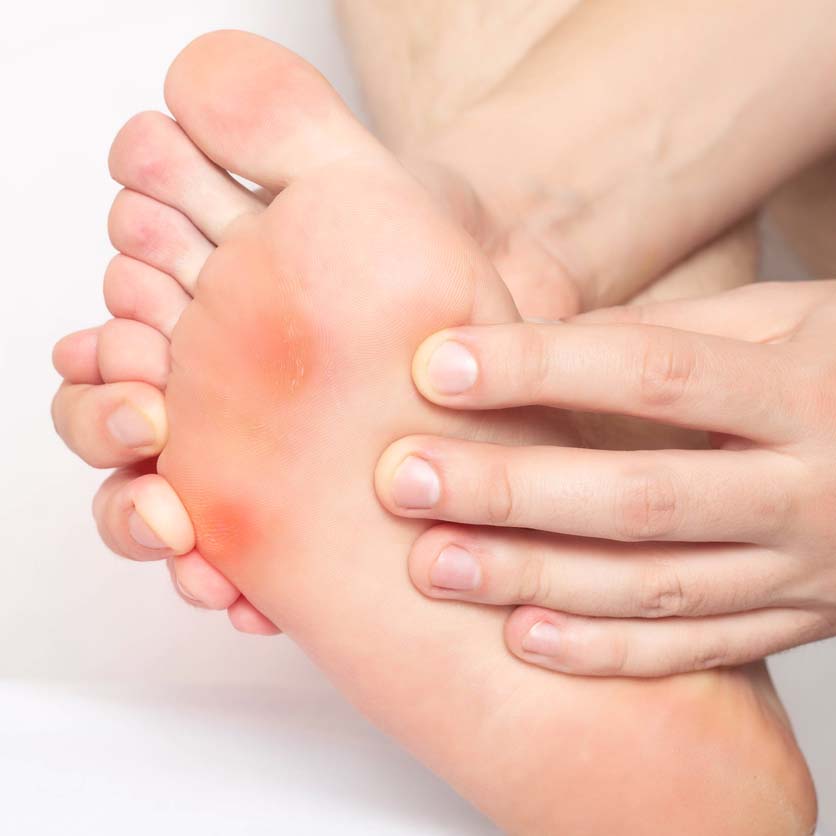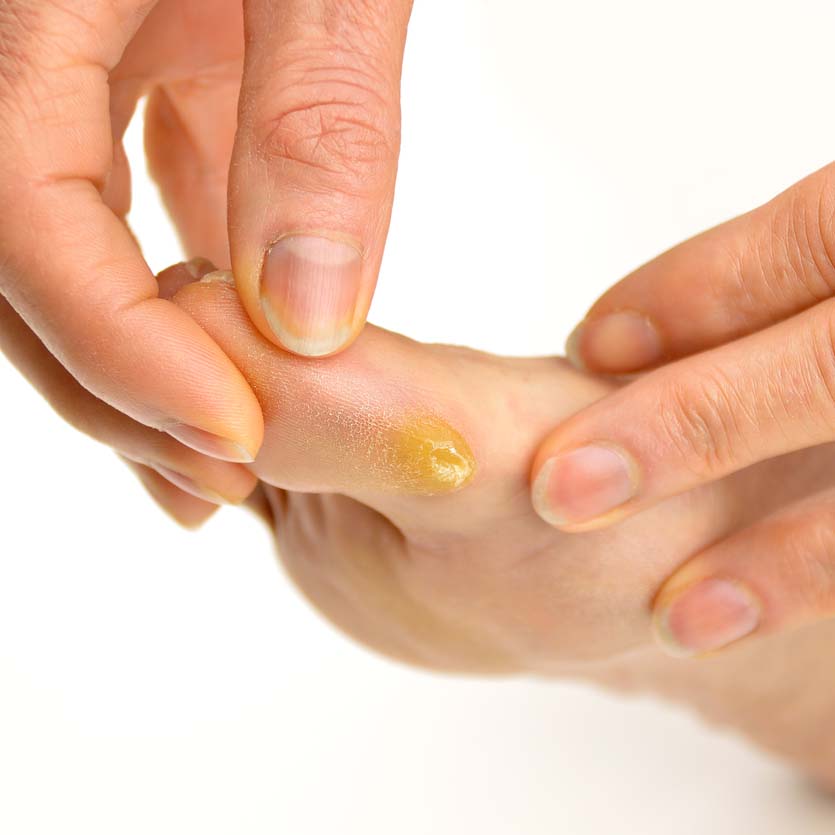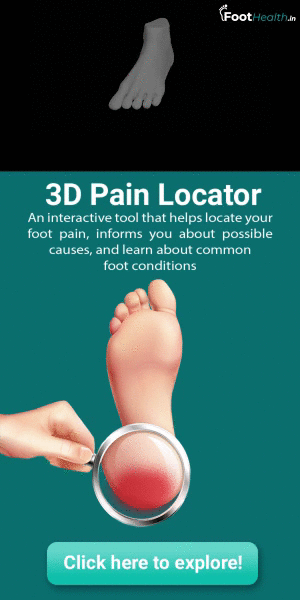


Achilles Tendonitis
Introduction
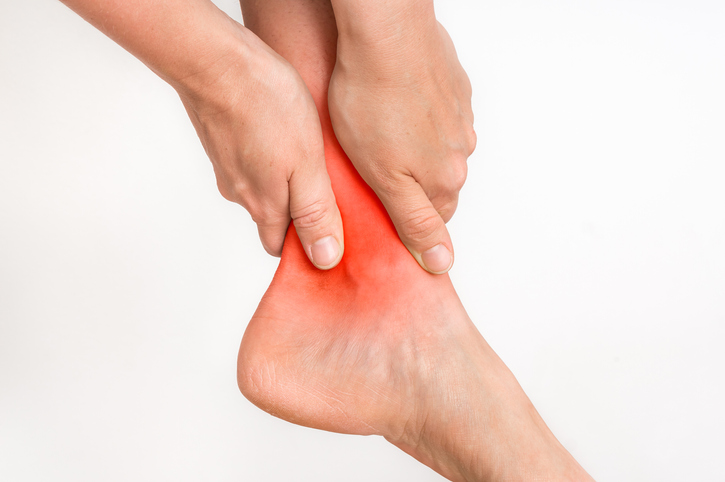
Achilles tendonitis is an inflammation of the Achilles tendon(calf muscles) and can lead to its degeneration(wearing out) over long period of time. The achilles tendon is the largest tendon located in the back of the leg that attaches to the heel. The pain is a shooting, burning, or piercing pain. Achilles tendonitis should not be neglected since the tendon can become weak and rupture.
Achilles Tendonitis is aggravated by high impacting activities that repeatedly stress the tendon, causing inflammation. In few instances even prolonged hours of standing can cause symptoms. It is a common problem often experienced by athletes, particularly distance runners. Achilles Tendonitis is a difficult injury to treat in athletes due to their high level of activity and reluctance to stop or slow down their training. Individuals who suffer from achilles tendonitis often state that their first steps out of bed in the morning are extremely painful. Another common complaint is pain after steps are taken post long periods of sitting. This pain often lessens with activity.
Cause
There are several factors that can cause achilles tendonitis. The most common cause is flatfeet. Other causes include improper shoe selection, inadequate warm-ups like stretching prior to engaging in athletics Individuals with a short achilles tendon,
Direct injury to the tendon, and heel bone defects since birth or following fracture.
Treatment and Prevention
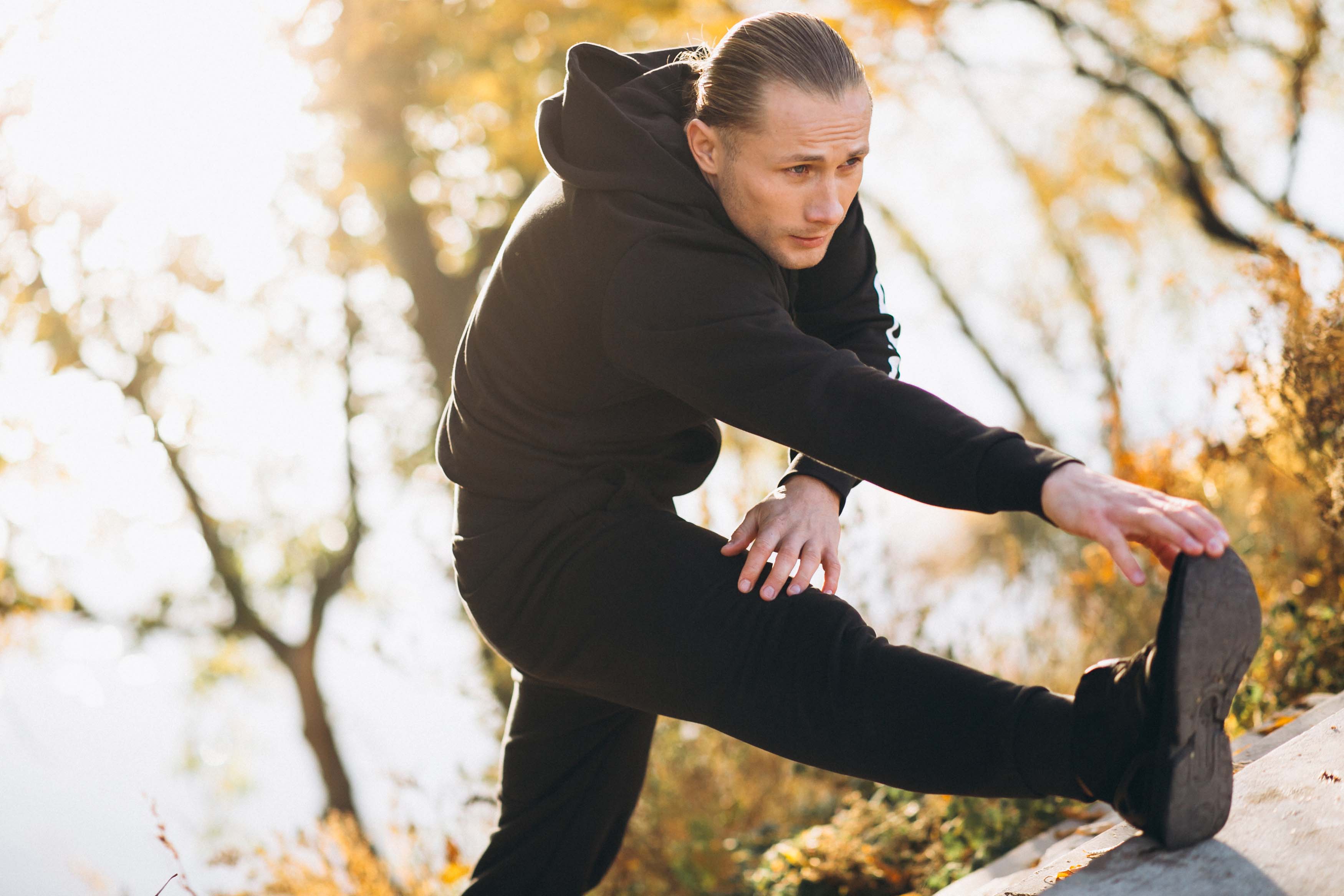
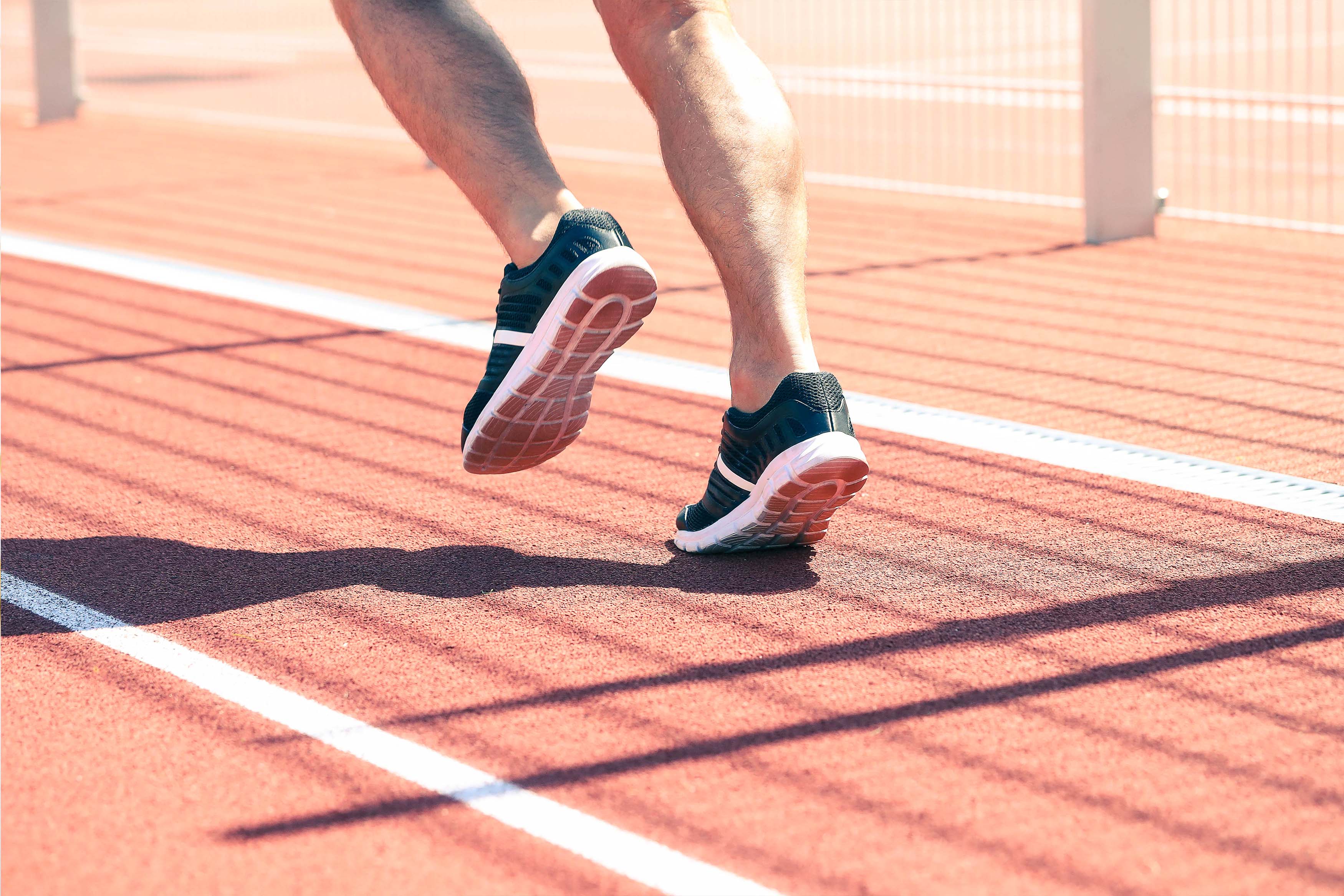
It is recommended for athletes, particularly runners, to incorporate a thorough stretching program to properly warm-up the muscles. Shorter bouts of walking or running and applying ice after the activity can help. It is better to avoid any uphill climbing activities. Always visit your Physiotherapist to engage in conditioning programs and taping the tendon for relief. Also, use of heel cup or heel cradle for extra support lifts the heel and reduces stress and pressure on the achilles tendon.
Read our Articles
